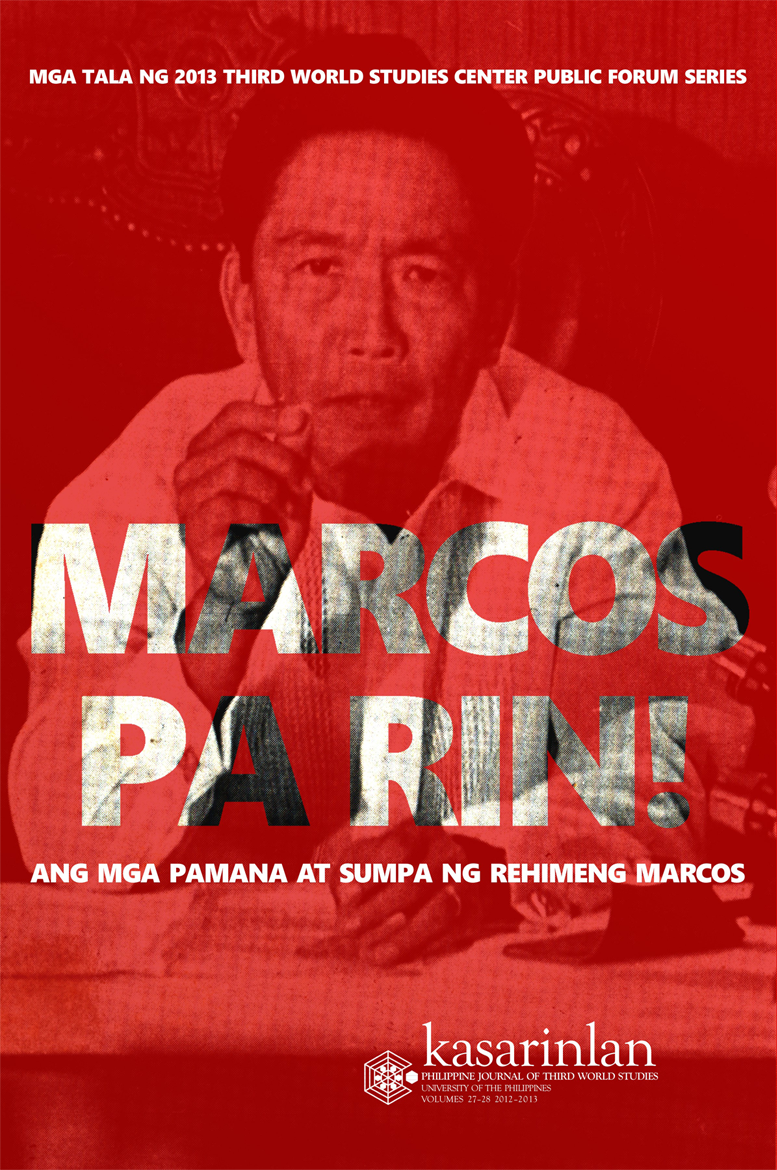Appendix 1.9: Ferdinand E. Marcos on Agrarian Reform
Abstract
Marcos and his loyalists highlight Presidential Decree 2 and PD 27 repeatedly. The latter appears in books attributed to him such as the “popular edition” of Revolution from the Center: How the Philippines Is Using Martial Law to Create a New Society (1978) to more recent bookssuch as Let the Marcos Truth Prevail (c2004). A copy of the decree is exhibited at the museum known as the Ferdinand E. Marcos Presidential Center in Batac, Ilocos Norte. In all of the aforementioned, the decree is shown to have been executed in Marcos’s own handwriting—remarkably error-free. It is the Marcosian decalogue (albeit the total number of [unnumbered] paragraphs in the decree is eleven). But while the prohibitions that were handed down on Mount Sinai were uniformly clear, some sections of PD 27 were sufficiently vague to allow various interpretations—up to when was “now” in “will now cultivate it”? Moreover, as shown by Eduardo Tadem, and others before him such as Benedict Kerkvliet (in Sanidad 1979, 335), since the law restricted agrarian reform to land “primarily devoted to rice and corn,” coconut, banana, and sugar plantations (which would later be monopolized by Marcos cronies) were excluded. PD 27 was further limited by Letter of Instruction No. 143, s. 1973, which in effect legitimized shareholding deals among certain “small landowners” (the majority, in fact, as per the letter of instruction itself) and their tenant(s), wherein profits would be divided based on their “participation.” Small wonder that that issuance is not featured at all in pro-Marcos propaganda.
Published
2017-12-08
Section
Appendices
By submitting a manuscript, the authors agree that the exclusive rights to reproduce and distribute the article have been given to the Third World Studies Center.



